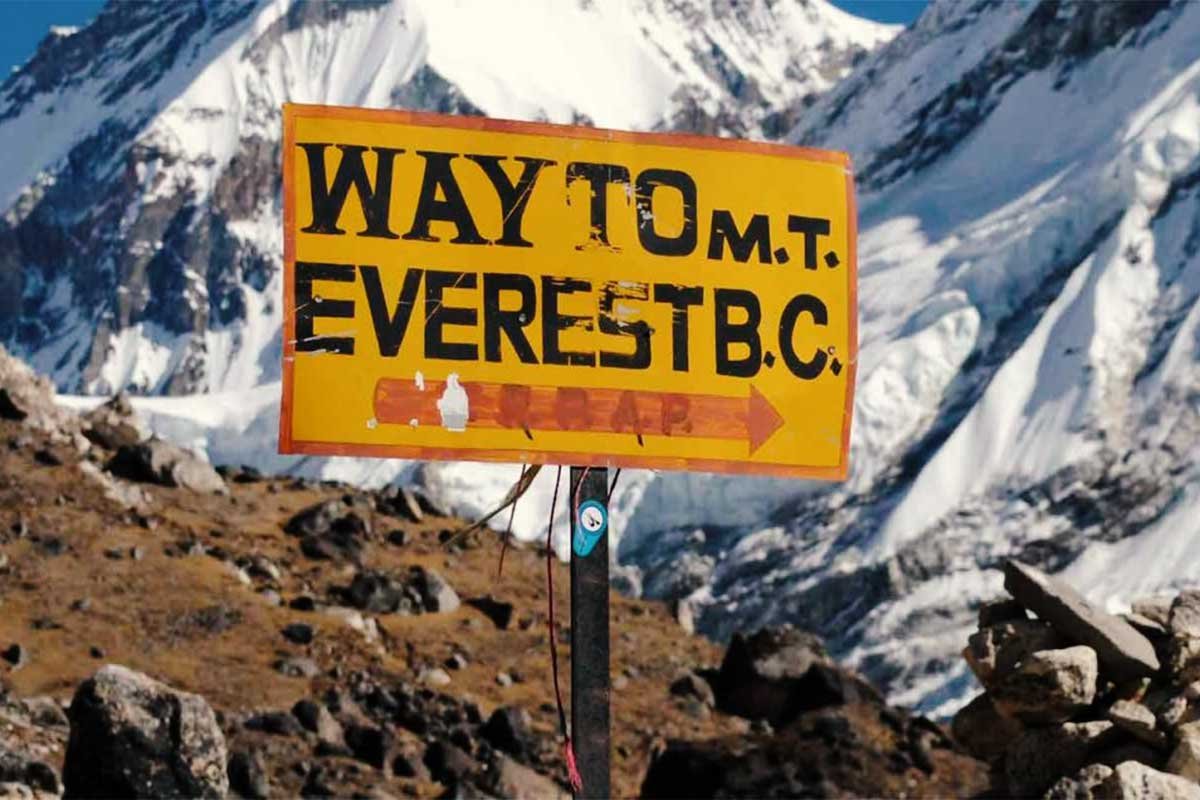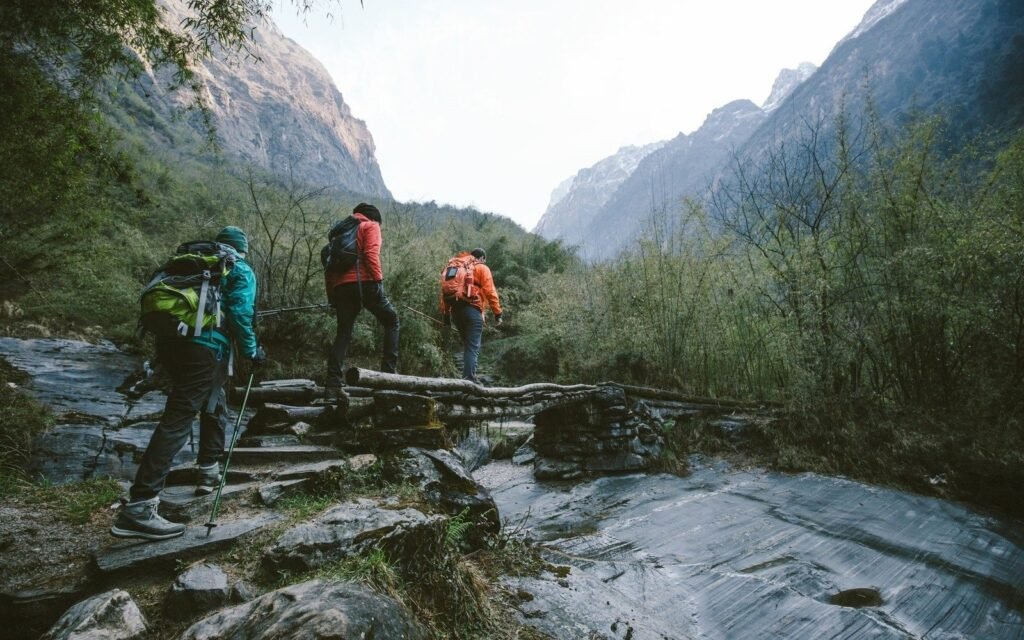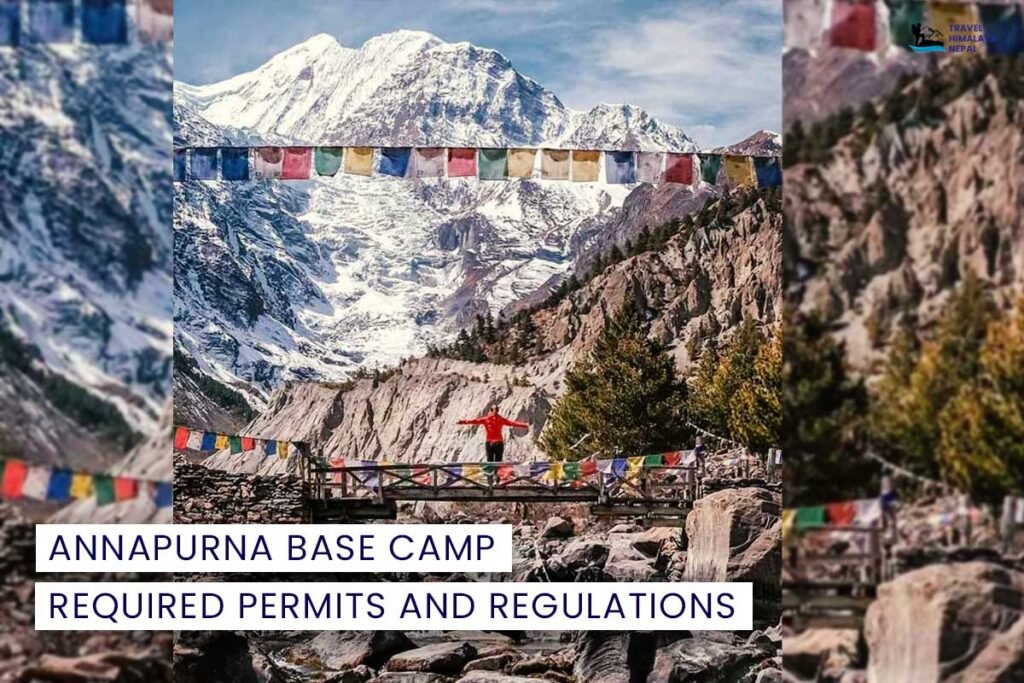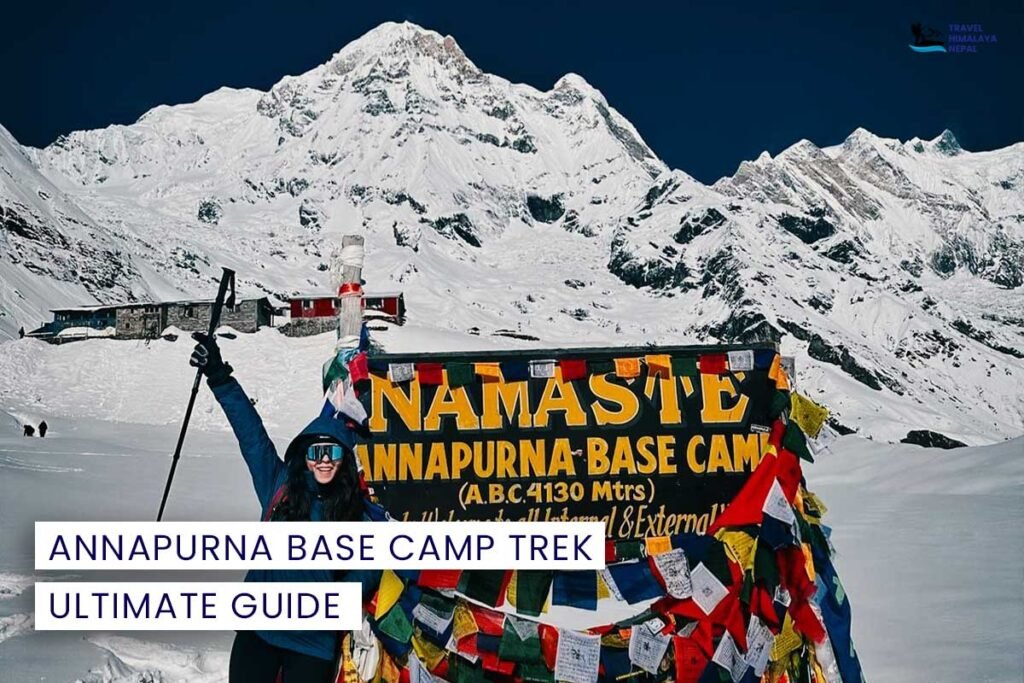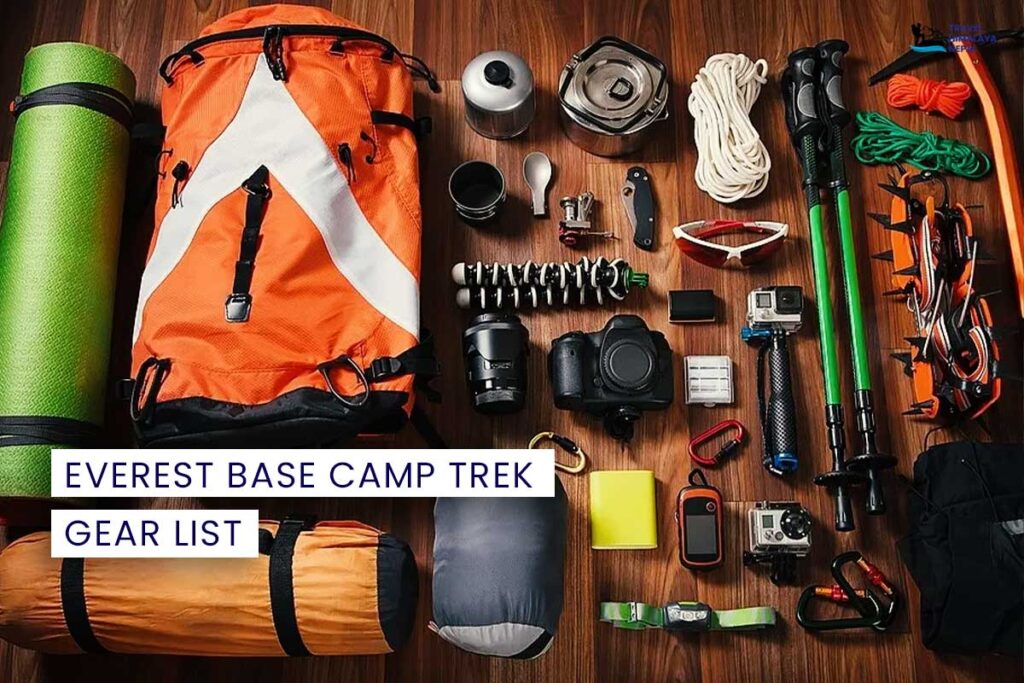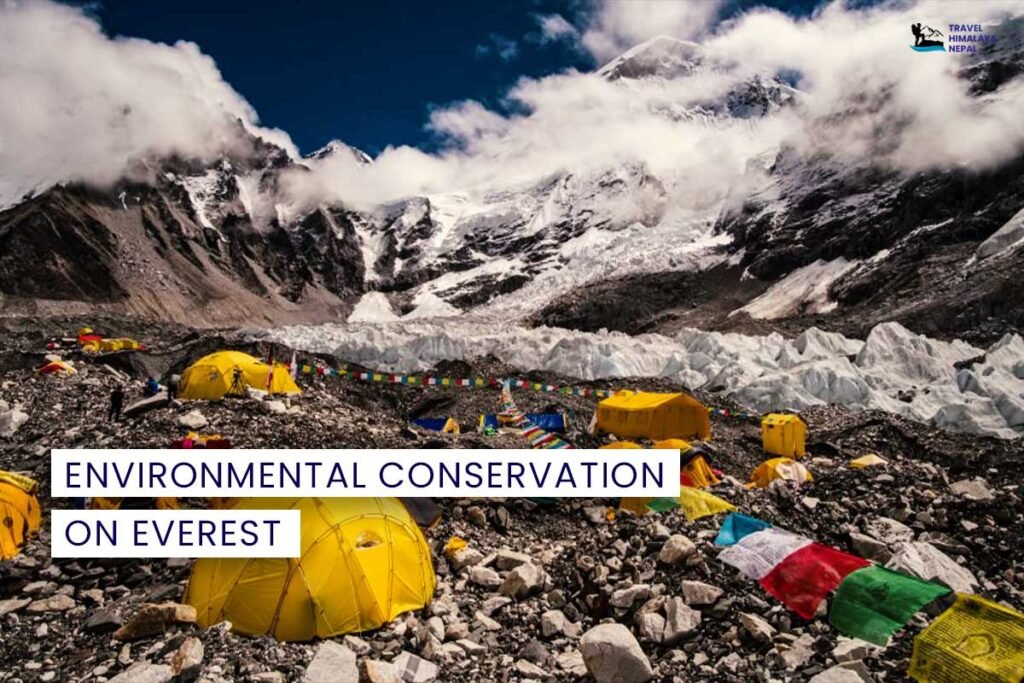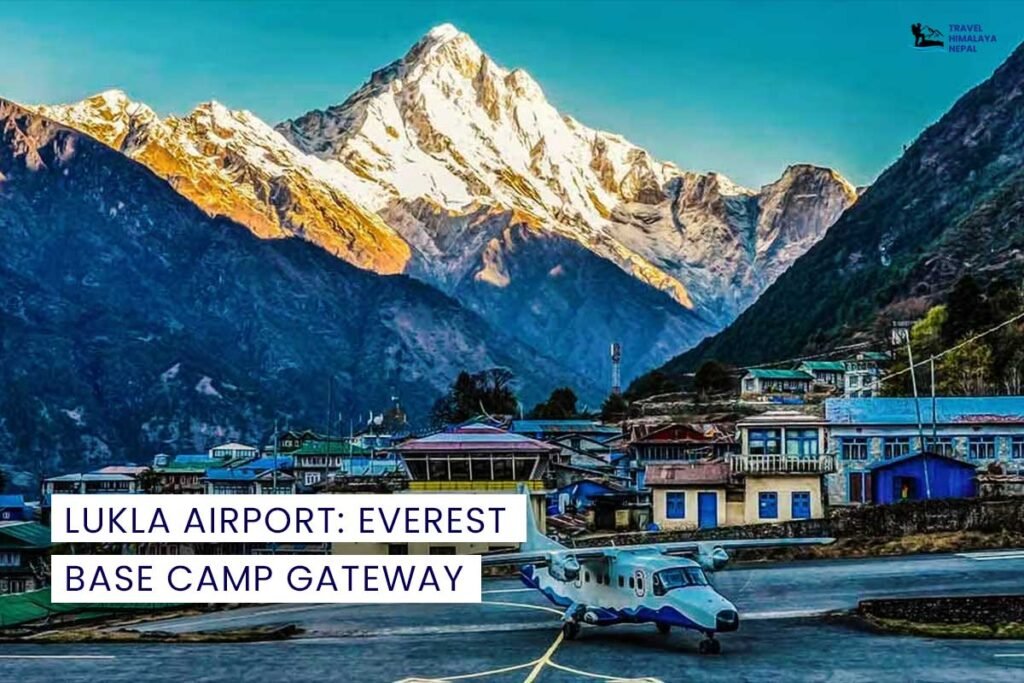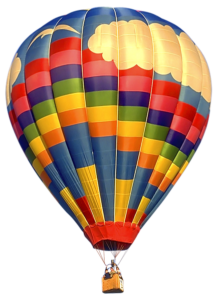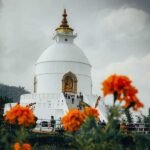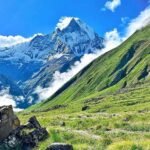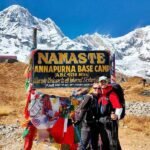The majestic peak of Mount Everest, often referred to as “the roof of the world,” beckons adventurous spirits from around the globe. However, attempting to reach the summit requires years of experience, specialized skills, and significant physical and mental preparation. But fret not, aspiring climbers! This guide by Travel Himalaya Nepal equips you with the essential information to prepare for Everest, even if your goal is to conquer the foothills through the iconic Everest Base Camp (EBC) trek or other introductory experiences in the Everest region.
Key Takeaways Table:
| Aspect | Key Takeaway |
|---|---|
| Starting Point | EBC Trek or Introductory Climbs |
| Focus | Physical Fitness & Mental Preparation |
| Training Duration | Minimum 6 months |
| Training Focus | Cardio, Strength, & Altitude Acclimatization |
| Additional Considerations | Gear, Logistics, & Mental Fortitude |
Building Your Foundation:
Before embarking on any Everest adventure, even a trek or introductory climb, establishing a solid physical foundation is crucial. Here’s how to get started:
- Cardio: Aim for regular cardiovascular exercise at least 3-4 times a week. Activities like running, swimming, cycling, and long hikes will improve your heart health and endurance, essential for high-altitude challenges.
- Strength Training: Incorporate strength training exercises 2-3 times a week. Focus on major muscle groups like legs, core, and back, crucial for carrying a backpack and navigating uneven terrain.
- Hiking: Regularly go on hikes with increasing difficulty and duration. Practice carrying a weighted backpack to simulate the actual trekking experience.
Acclimatization is Key:
The unique challenge of the Everest region lies in its high altitude. Gradual acclimatization is essential to allow your body to adjust to the decreasing oxygen levels and avoid altitude sickness. Consider:
- Altitude Training: If possible, participate in altitude training programs offered at specialized gyms or locations to simulate the effects of high altitude.
- Start Low, Go Slow: Choose treks or climbs that gradually gain elevation, allowing your body to acclimatize naturally.
- Rest and Hydration: Prioritize rest days during your training and actual climb. Stay hydrated by drinking plenty of water throughout the day.
Preparing for the Elements:
The weather conditions in the Everest region can be unpredictable. Be prepared for:
- Extreme cold: Invest in warm and layered clothing suitable for sub-zero temperatures, including thermals, down jackets, waterproof gear, and gloves.
- Sun protection: Pack sunglasses, sunscreen with a high SPF, and a hat to shield yourself from the harsh sun rays at high altitudes.
- Footwear: Sturdy and well-broken-in hiking boots are crucial for providing ankle support and traction on uneven terrain.
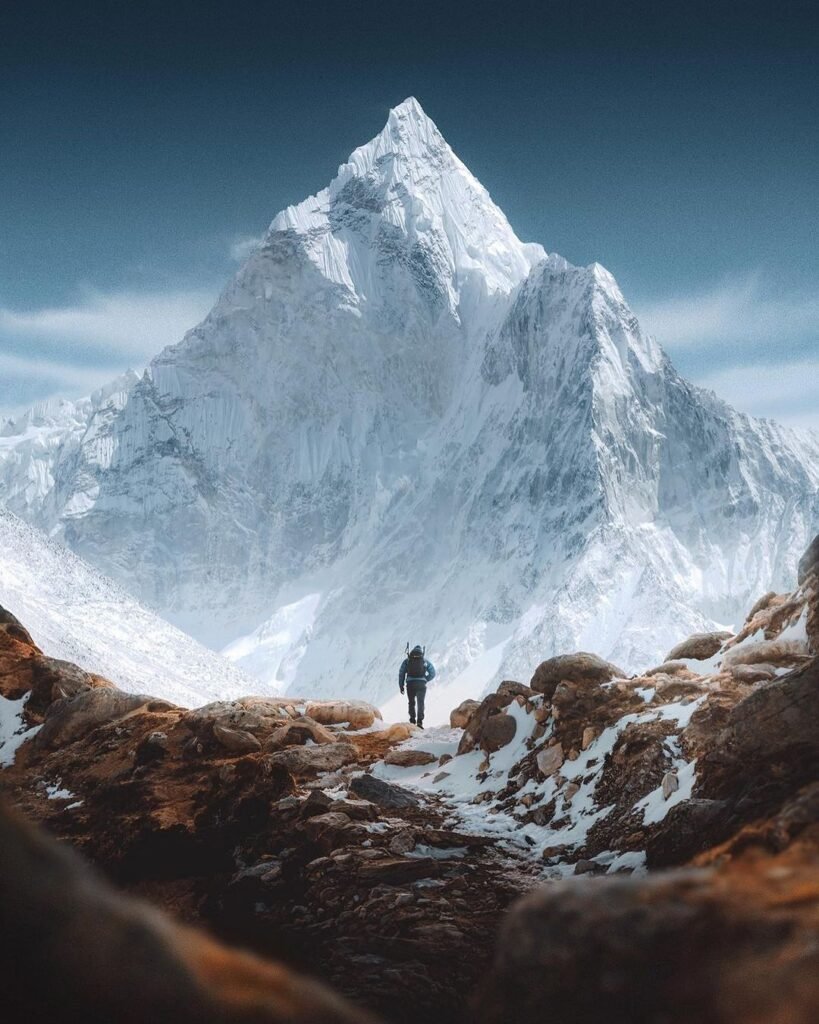
Planning & Logistics:
- Research: Thoroughly research your chosen trek or climb, including difficulty level, itinerary, and logistics.
- Permits and Visas: Obtain the necessary permits and visas well in advance, especially for restricted areas like the Khumbu Valley.
- Guide and Equipment: Consider hiring a professional guide or joining a guided tour for their expertise and support, especially for first-timers. Rent or purchase high-quality climbing equipment if required for your chosen activity.
Mental Toughness:
Climbing or trekking in the Everest region demands mental resilience. Be prepared for:
- Physical challenges: Pushing yourself physically will be inevitable. Embrace the challenge and celebrate your achievements along the way.
- Mental fortitude: Be prepared for challenging weather conditions, unexpected situations, and potential setbacks. Maintain a positive attitude and focus on your goal.
Remember:
- Consult a doctor: Before embarking on any strenuous activity, consult a healthcare professional to ensure you’re physically fit for the challenge.
- Listen to your body: Pay close attention to your body’s signals during training and ascent. Don’t push yourself beyond your limits, and descend if you experience any discomfort.
Travel Himalaya Nepal:
Travel Himalaya Nepal is your trusted partner for unforgettable adventures in the Himalayas. We offer a variety of treks and climbs in the Everest region, catering to different experience levels. We also provide expert guidance and support to ensure a safe and successful journey.
Contact us today to start planning your Everest adventure!
Frequently Asked Questions about Preparing for Everest:
1. How long does it take to prepare for Everest, even if I’m just aiming for the Everest Base Camp trek?
While the summit climb requires years of experience, the Everest Base Camp trek can be achievable with at least 6 months of dedicated training. This allows you to build your physical fitness and gradually acclimatize your body for the high altitude.
2. What are the most important aspects of physical training for Everest?
The focus should be on cardiovascular endurance, strength training, and getting used to hiking with a weighted backpack. Regular activities like running, swimming, cycling, and uphill hikes will significantly improve your fitness for the challenges ahead.
3. I’m worried about altitude sickness. What can I do to prepare?
Gradual acclimatization is crucial. Choose treks or climbs that gain elevation slowly, allowing your body to adjust naturally. Additionally, consider altitude training programs or consulting a doctor about medications that can help prevent altitude sickness.
4. What kind of clothing should I pack for Everest?
Layering is key for the unpredictable weather conditions. Pack thermals, down jackets, waterproof gear, gloves, and a hat for extreme cold. Don’t forget sunglasses, sunscreen, and a hat for sun protection at high altitudes.
5. Do I need a guide for the Everest Base Camp trek?
While not mandatory, hiring a professional guide or joining a guided tour is highly recommended, especially for first-timers. They can provide invaluable expertise on the terrain, navigation, safety, and acclimatization practices.
6. What are the permit and visa requirements for trekking in the Everest region?
You’ll need a Tourist Visa for Nepal and two trekking permits: the TIMS Card (Trekkers’ Information Management System) and the Sagarmatha National Park Permit. Obtaining these well in advance is crucial.
7. What should I be mentally prepared for when attempting Everest, even at the base camp level?
Be prepared for physical challenges, unpredictable weather, and potential setbacks. Develop mental resilience, stay positive, and focus on celebrating your achievements along the way.
8. Is it safe to travel to Everest given the high altitude and challenging conditions?
With proper preparation, training, and guidance, the Everest region can be a safe and rewarding experience. Consulting a doctor, choosing a reputable trekking company, and listening to your body are crucial for ensuring a safe and enjoyable journey.
9. What are the current COVID-19 protocols for travel to Everest in 2024?
As of March 7, 2024, Nepal has lifted most COVID-19 restrictions for international travelers. However, it’s advisable to check the latest updates from the Nepal Tourism Board (https://ntb.gov.np/) and your chosen trekking company for any specific requirements or recommendations regarding testing, vaccination, or masking guidelines.
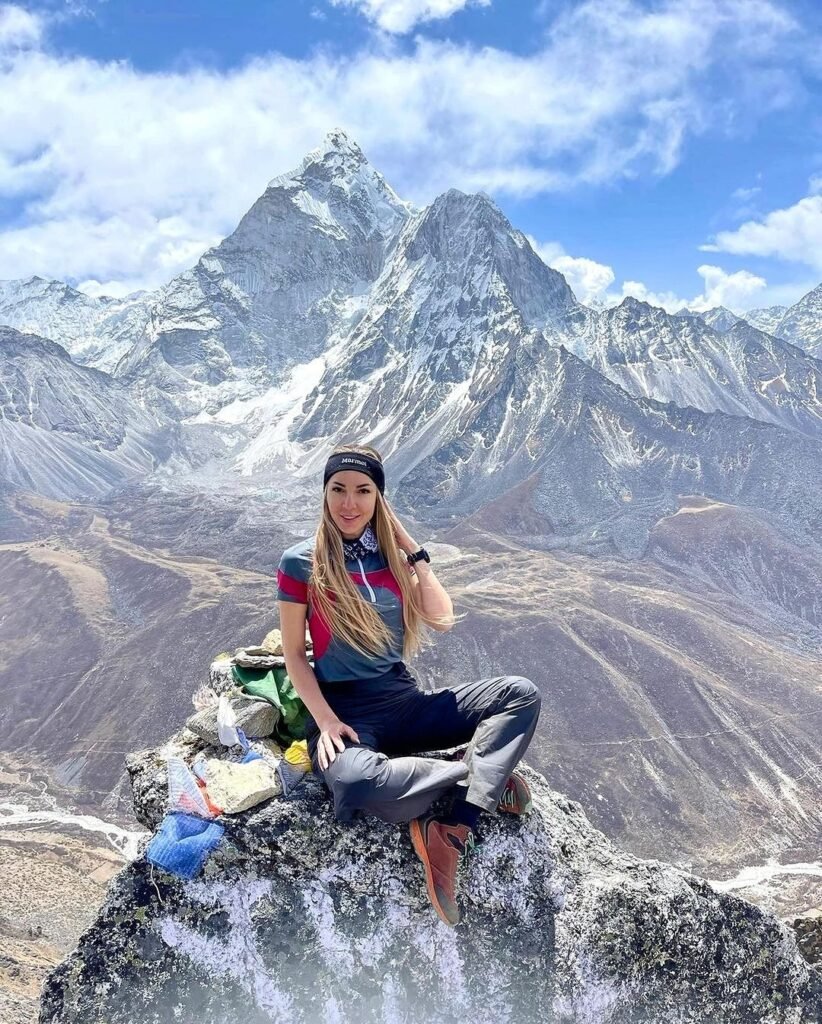
10. What alternative activities can I do in the Everest region besides attempting the summit or the EBC trek?
If the Everest Base Camp trek or summit climb seem too challenging, consider these alternative activities:
- Gokyo Lakes Trek: Offers stunning glacial lakes and panoramic Himalayan views at a slightly lower altitude.
- Cho La Pass Trek: A more challenging option crossing a high mountain pass and offering unique cultural experiences in remote villages.
- Jiri Everest Base Camp Trek: A longer route with diverse landscapes, starting at a lower altitude for better acclimatization.
- Island Peak Climb: A technical climb suitable for experienced mountaineers seeking a challenging yet rewarding ascent.
11. What are some additional resources I can consult to prepare for Everest, even for a beginner experience?
- Books: “Everest Base Camp: The Classic Guide” by Stephen Bezruchka, “Trekking the Everest Region” by Jamie McGuinness
- Websites: The ExplorersWeb (https://explorersweb.com/), The Himalayan Database (https://www.himalayandatabase.com/)
- Documentaries: “Everest” (1996), “Sherpa” (2015)
12. What are some eco-friendly practices I can adopt while trekking in the Everest region?
- Minimize waste: Pack reusable water bottles and avoid single-use plastics. Dispose of waste properly in designated bins.
- Respect the local environment: Avoid disturbing wildlife and plant life. Stick to designated trails and minimize your impact on the natural surroundings.
- Support local communities: Choose locally-owned teahouses and shops whenever possible. Contribute to sustainable tourism initiatives if available.
13. What are the ethical considerations for interacting with the Sherpa community in the Everest region?
- Treat everyone with respect: Be mindful of cultural norms and customs.
- Negotiate fair prices: Do your research and avoid bargaining excessively for services or goods.
- Support initiatives that empower Sherpas: Look for trekking companies that prioritize fair wages and working conditions for their staff.
14. How can I budget for a trip to Everest, even for a basic experience like the EBC trek?
Costs can vary depending on the chosen route, guide/tour option, accommodation, and personal spending habits. Budget around USD 2,500 – USD 4,000 for the trek itself, excluding international flights and additional expenses. Consider booking flights and accommodation in advance during off-peak seasons for better deals.
By considering these questions and conducting further research, you can ensure a safe, enjoyable, and responsible experience in the awe-inspiring Everest region.

